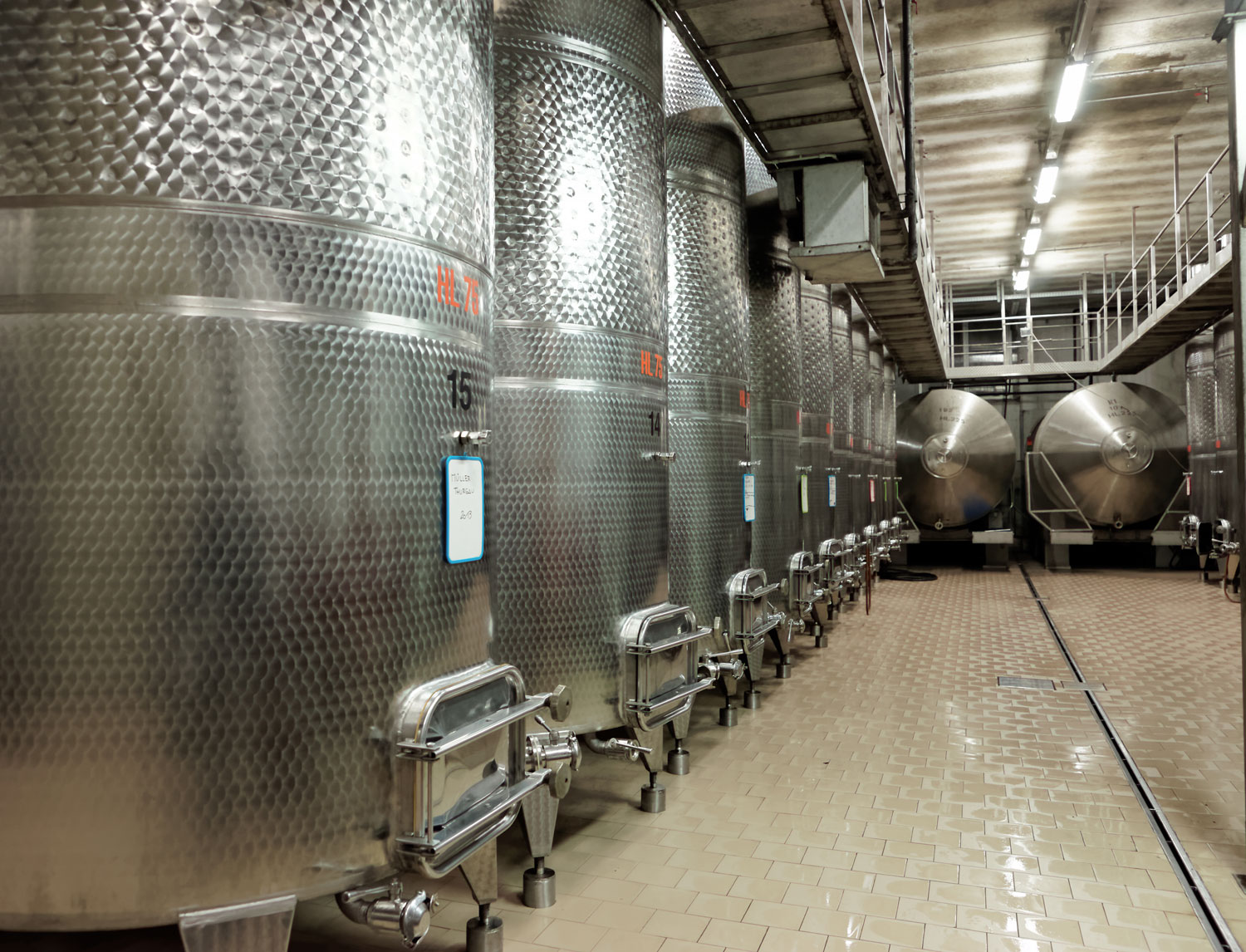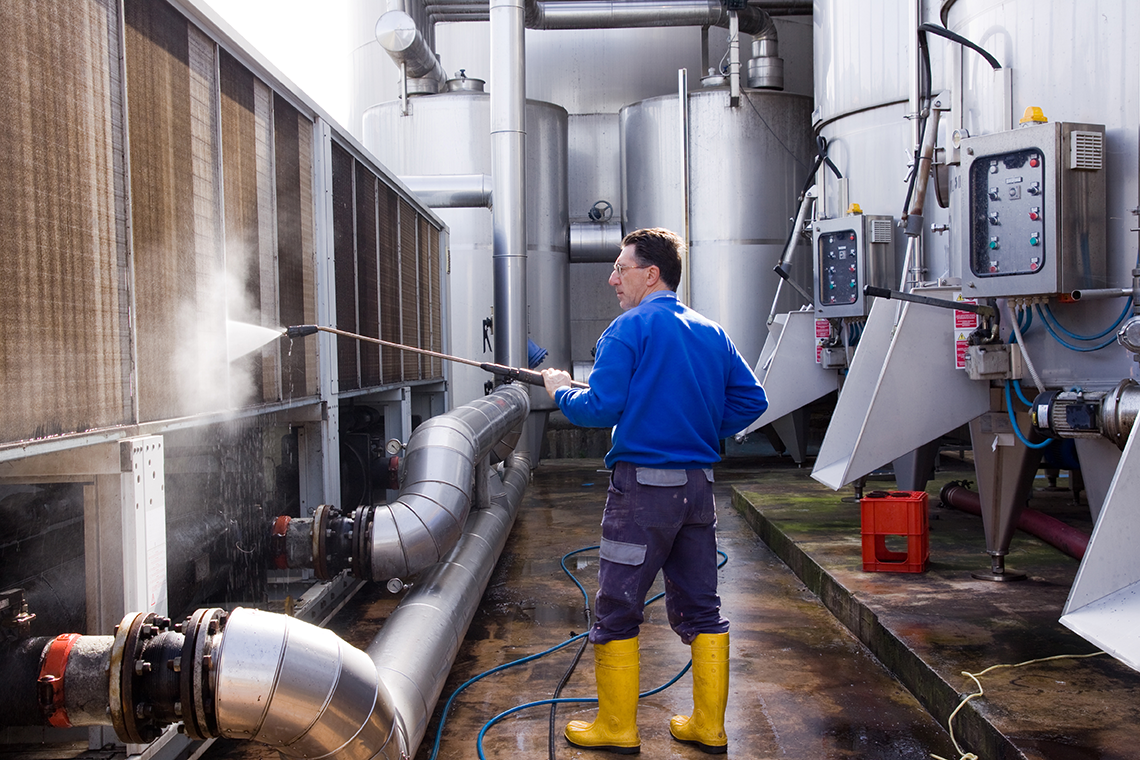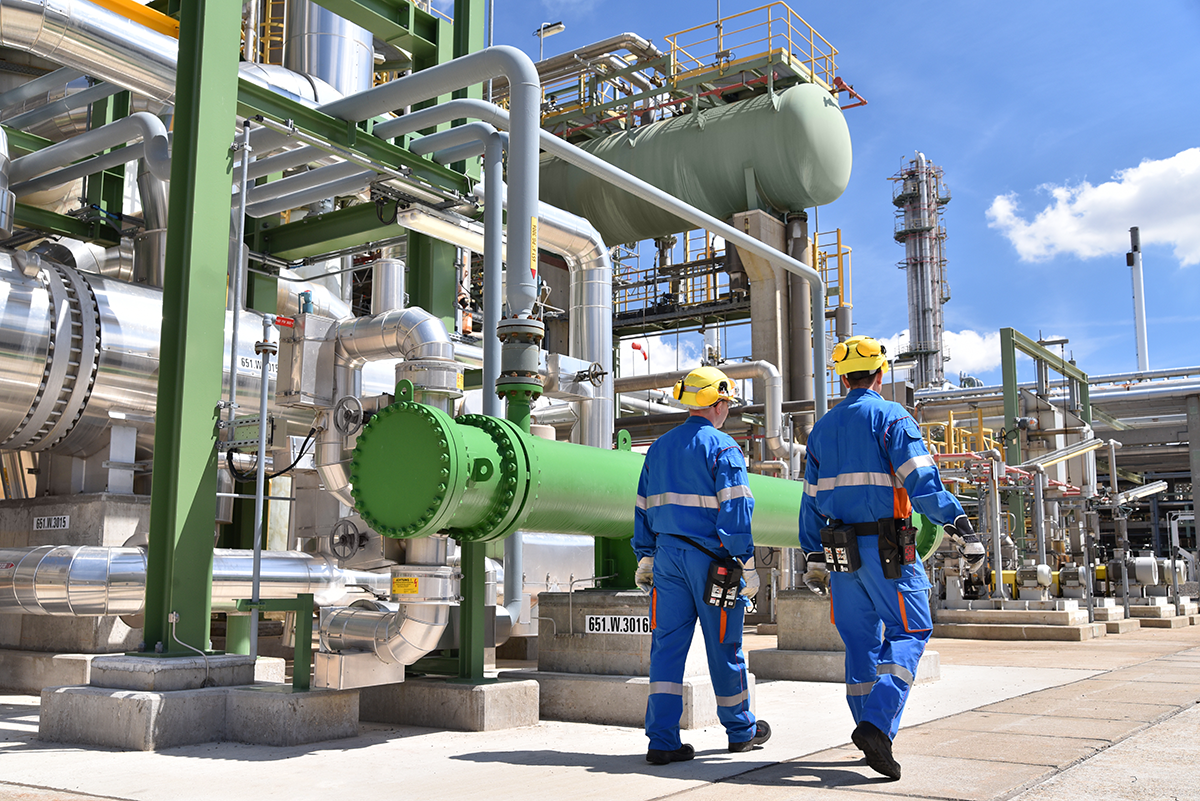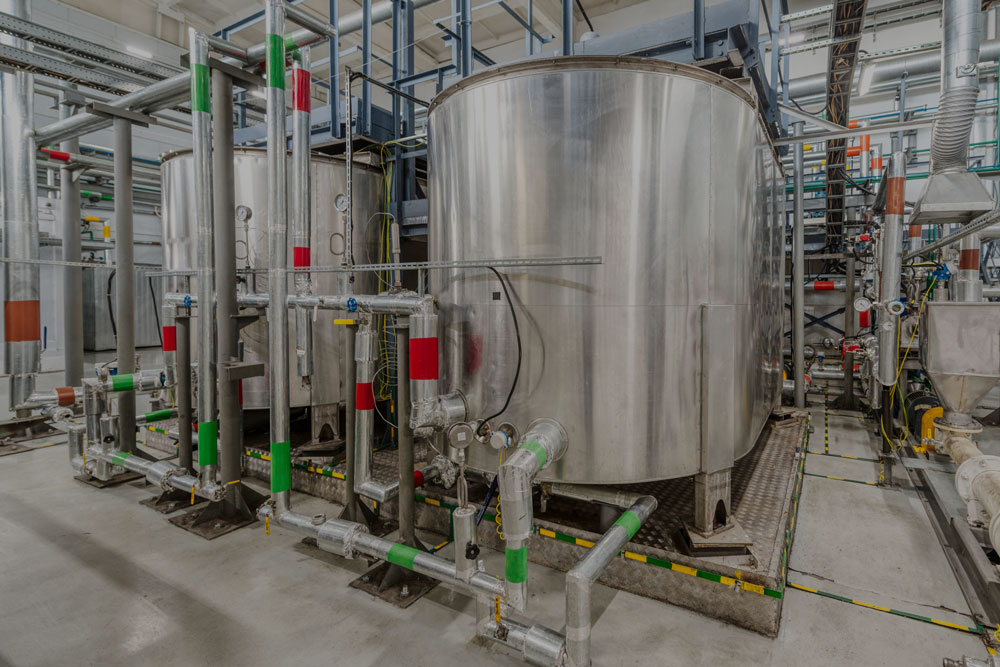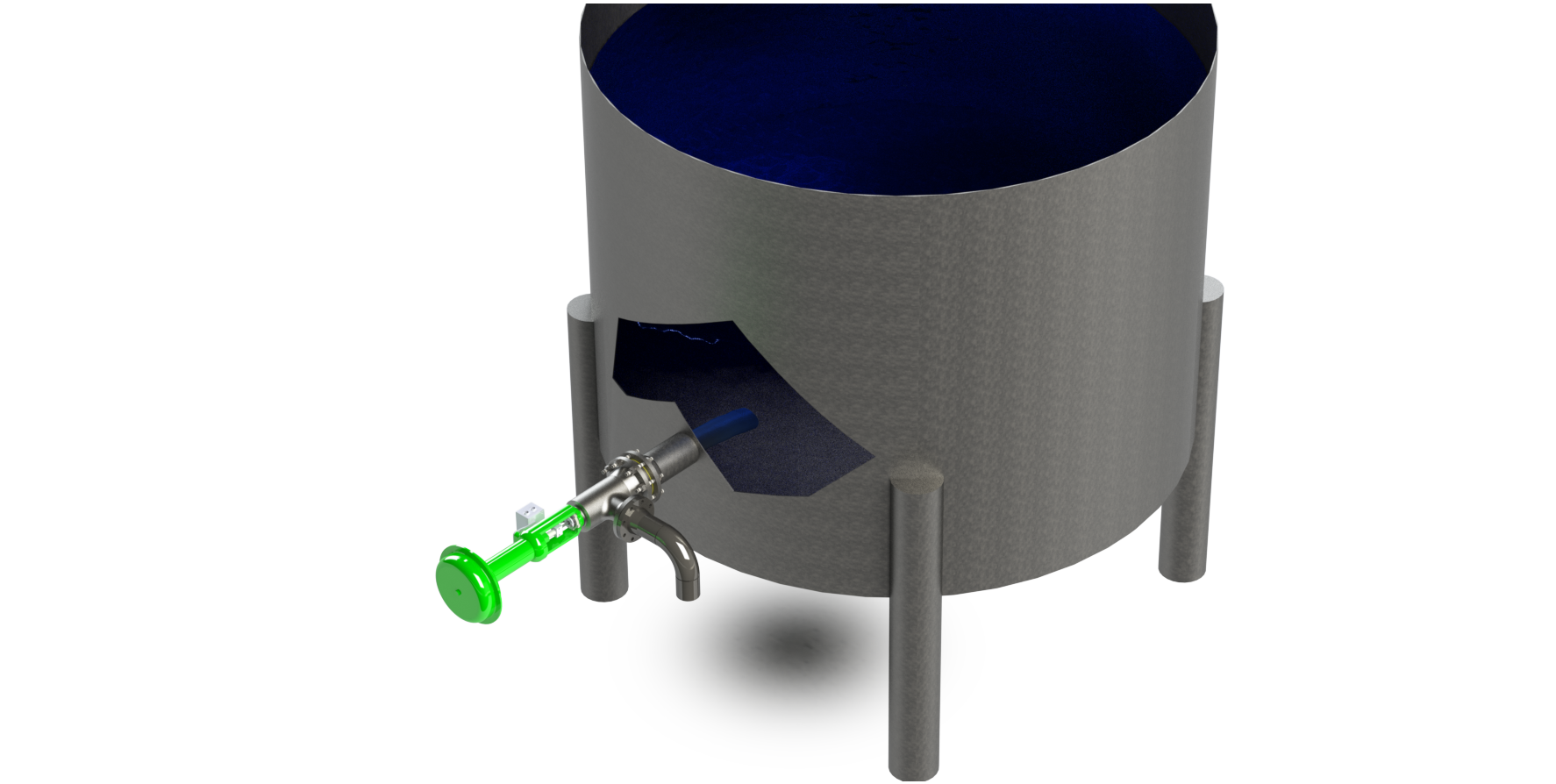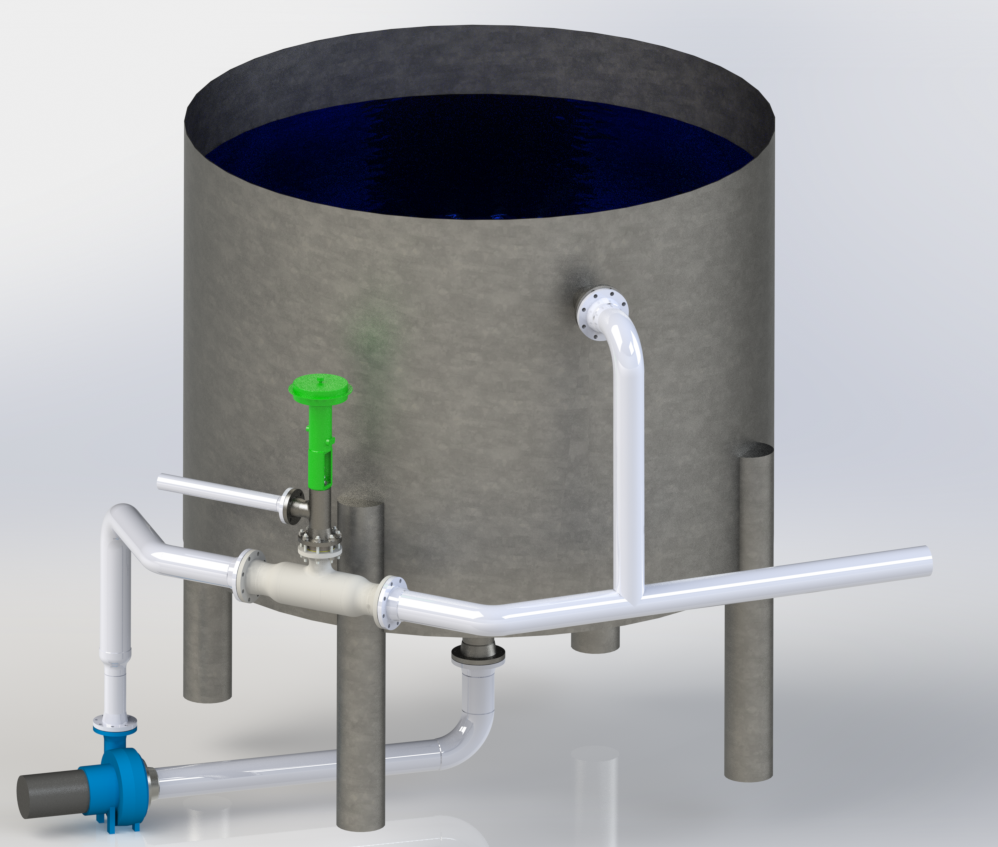
Top Tips to Optimize Steam Heating Tank Applications
Maximize the efficiency of your hot water supply system
There is a need for hot water in virtually all food, chemical and industrial process plants. From clean in place (CIP) hot water and sanitizing to paper mill whitewater heating applications, hot water plays a critical role in process sanitation and performance. The amount of hot water required can vary significantly as process demands change. In addition, different processes can require a range of ideal temperatures at which they operate. Changes in supply, usage or seasonal effects on the process can all contribute to the variance in demand for hot water.
Variable process needs, multiple hot water users and high turn down from normal to peak hot water use make a direct steam heater well suited to support these applications. But it is important to carefully review the requirements to make the most of the direct steam injection water heater.
Steam injection heating is a direct-contact method of heating where steam is directly injected into the fluid. This article will discuss important considerations to help size your steam injection heater and optimize your hot water tank storage system. The following tips and recommendations can help ensure successful hot water system design.
Variable process needs, multiple hot water users and high turn down from normal to peak hot water use make a direct steam heater well suited to support these applications. But it is important to carefully review the requirements to make the most of the direct steam injection water heater.
Steam injection heating is a direct-contact method of heating where steam is directly injected into the fluid. This article will discuss important considerations to help size your steam injection heater and optimize your hot water tank storage system. The following tips and recommendations can help ensure successful hot water system design.
1. Communicate to Your Steam Injection Heater Supplier the Purpose of the Hot Water Tank
Will the tank be static and filled, heated, and maintained at target temperature for future use? Will the tank be manually filled, or will the tank level be controlled automatically? Will the steam injection heater and tank act as a surge tank system in a very active hot water system (see figure 1) where multiple users (hose stations, CIP spray nozzles, washdown areas, etc.) put variable demand on the hot water system? These all can impact the sizing of the system.2. Look at Peak Heating Capacity Versus Normal Usage
Does hot water demand ramp up significantly at times? For example, many food plants have heavy hot water sanitation usage at the end of a shift due to hot water sanitizing and cleaning requirements. This peak demand needs to be compared to normal water usage to determine appropriate sizing of both the hot water tank and the steam injection heater. For example, consider a food plant with these two operating conditions:Normal vs. Peak Load Comparison
| Units | Daytime Normal Use | End of Shift Cleaning | |
|---|---|---|---|
| Water Flow | gal/min | 100 | 600 |
| Temperature | °F | 120 | 140 |
| Average Steam Load | lb/hr | 4,800 | 25,000 |
Both scenarios have significantly different heat load requirements with an approximate 5:1 turndown on steam flow. This leads to a high turndown in steam load requirements during the daytime’s normal hot water use and the high-demand cleaning cycle at end of shift. For this reason, it’s important to clearly communicate the complete range of fluid heating requirements, not just the “worst case” requirements as it can lead to oversized equipment. Sizing of the hot water tank and steam injection heater need to be considered together. A properly sized hot water surge tank maintains an adequate supply of hot water for normal daytime use and ensures all plant hot water sanitation and cleaning needs are supplied at peak demand periods.
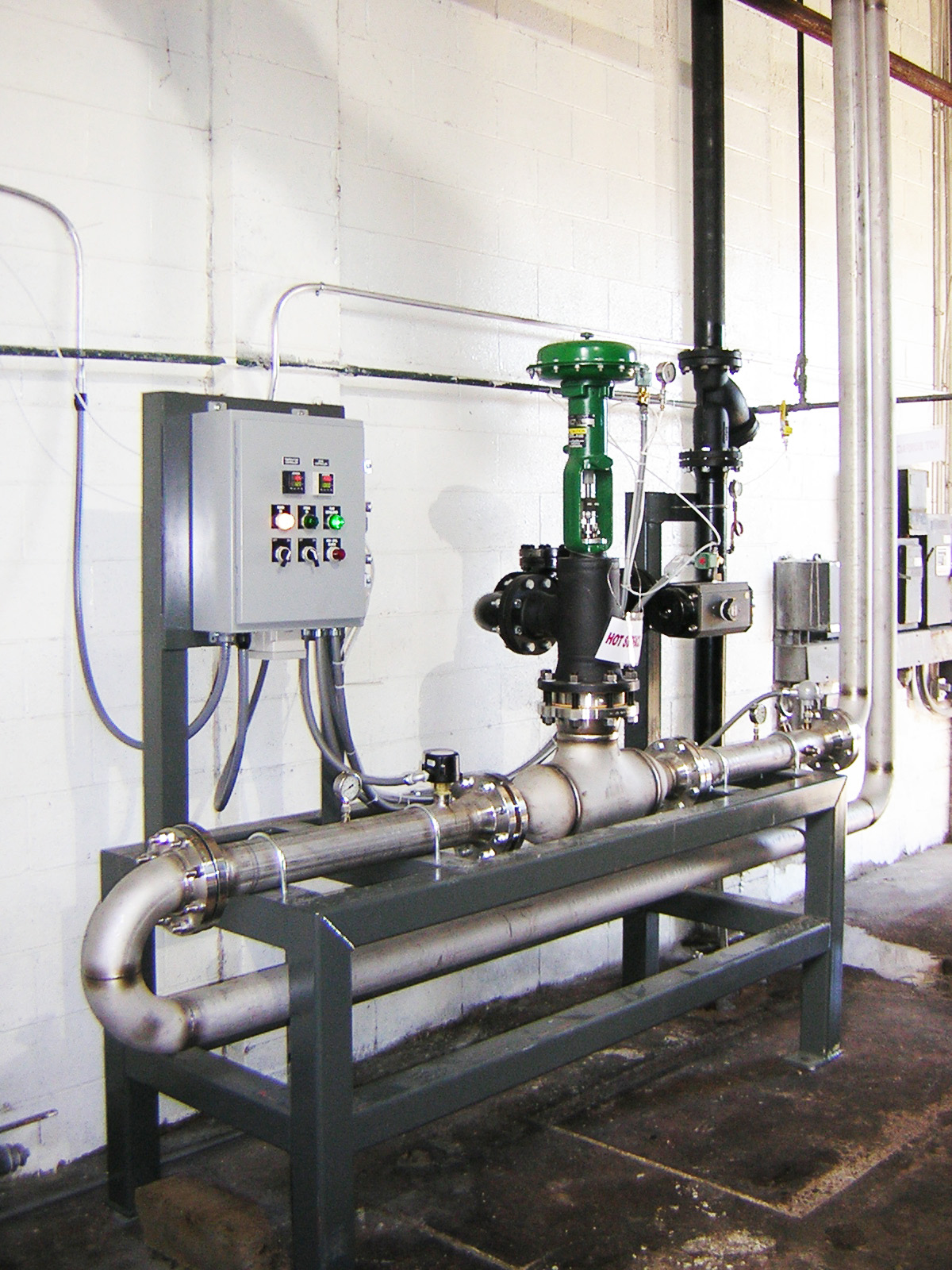
Figure 1: A very active hot water system where multiple users, such as hose stations, CIP spray nozzles and washdown areas, can put variable demand on the hot water system, which can impact the sizing of the system.
3. Design for Reliable Hot Water Temperature Control
Many applications only require “hot” water without specific temperature requirements. Others have very specific requirements such as for CIP hot water supply, plant hot water sanitation, chemical or detergent activation, etc. Assessing the actual water flow rates without oversizing improves temperature control through the entire range of steam injection heater operation.Temperature control loops are inherently sluggish due to the delay in temperature probe response. A large tank can greatly increase this lag as it can take a long time to completely disperse the hot water throughout the tank. A good approach is to have temperature control monitoring on both the heater and the tank. This keeps the steam injection heater from over shooting target temperature, which can lead to steam flashing.
Design the mixing characteristics of the tank to improve temperature uniformity. Is there a mixer in the tank? Are the water inlets and discharges located in a way that promotes mixing? Is the inline heater on a re-circulation loop to improve mixing? What is the tank rate of turnover? Faster turnover generally leads to better temperature response.
4. Selecting the Right Steam Injection Heating Device for Specific Process Needs
Tank Jet Sparger - Injecting steam directly into the hot water tank with a tank jet sparger (see figure 2) can be a simple and economical approach. Tanks are generally atmospheric, so low-pressure steam can be used. There are limitations to the sparger that you should consider as they may impact your process hot water heating needs.Heating an unpressurized tank above 150°F (65°C) can be challenging due to localized hot spots in the tank near the sparger. Steam dispersion & uniform temperature in the tank can be improved by tank agitation or a mixer.
Hot water tank recovery after draw down can be slow and may impact the availability of hot water.
Inline Steam injection heaters - Using an external inline steam injection heater (see figure 3), which can have up to 8:1 turn down on flow and 100 percent turn down on steam, often provides better performance in heating a hot water storage tank. Faster system start-up and quicker recovery time during high-use periods also can be achieved as the steam injection heater can be located on a tank re-circulation loop. An inline steam injection heater can also be added at point of process use to boost temperature at those locations.

Steam Jet Sparger for Hot Water Storage Tank HeatingSteam Jet Sparger for Hot Water Storage Tank Heating
5. Examine the Stability of the Steam and Water Utilities
It’s important to determine whether steam pressure vary throughout the day, as well as whether water supply temperature or pressure varies. If pressure, temperature, or supply changes are rapid, it might be necessary to install steam or water regulators or other means to stabilize the conditions. Also, determine whether peak usage times exceed the capacity of your boiler steam supply.6. Integrate Safety Procedures in the Hot Water Process
Excessive temperature may present safety issues to personnel or adversely affect the process? If the water is used for wash down, control monitoring in the hot water system or tank can protect personnel and reduce damage to the system.Set high-temp alarms in the control system to minimize risk of overheating the water or for steam flashing (heating above the boiling point) to prevent injury.
Avoid rapid swings in flow rate. Temperature control loops tend to respond slowly. Fast drops in water flow can lead to surges in temperature, which can cause in line boiling and steam hammer.
7. Size Hot Water Surge and Storage Tanks Appropriately
Important questions to ask include: What is total demand of all users at peak use? How much surge capacity is required? Does the required capacity vary during the day, month, or year?Oversizing the hot water storage tank can lead to slower start-ups, slow recovery in peak demand periods and excessive energy use. A good rule of thumb is to not exceed tank turnover more than 4 times per hour. A properly sized steam injection heater with high turn down can ensure tank temperature is maintained and improve the responsiveness of the system to the process needs.
8. How Will Seasonal Incoming Water Impact Your System?
Does the heating load vary during the year? If so, there are several effects from seasonality that should be considered when specifying heating equipment. Incoming feed water is often colder during the winter months, which can impact heating demand for a part of the year.Ambient heat losses in open tanks, colder pipes (non-insulated), hot water tanks located outside can all add to higher heat loads. For the opposite reason, during the summer months, the heat load can drop significantly.
9. Determine the Required Level of User Interaction and Control for the Process
Are hot water tank systems operated manually or will they be automated? Is it part of a plantwide central hot water system or is local point-of-use control required? Plan your system accordingly. It is often desirable to tie temperature setpoints, flow rates, tank refill level point and operating sequences together to optimize the speed and response of the hot water system for the plant. Plan your system accordingly and consider ease of use for operators.10. Evaluate Start-Up Capacity to Avoid Oversizing Your Heater
Be realistic on your startup needs as they can have a significant impact on operating success. Often, the steady-state load for heating throughout the day is significantly lower than the start-up load.Avoid overestimating cold start-up needs. This can lead to oversizing equipment where normal heater operating conditions are on the low end of control range, where sensitivity is high, which can impact stable temperature control.
Also consider whether multiple re-circulations of the water system can be performed to reduce the initial temperature rise on each pass. Can time of start-up be extended?
Impact of Start-up Time on Heat Load Requirements
| Tank Size | gal | 5,000 | 5,000 | 5,000 |
| Start Temp | °F | 50 | 50 | 50 |
| Target Temp | °F | 140 | 140 | 140 |
| Steam Pressure | psig | 100 | 100 | 100 |
| Heat-up Time | minutes | 15 | 30 | 60 |
| Steam Required | lbs/hr | 13,900 | 7,000 | 3,500 |
Tank heating and hot water systems can be complex. Taking the time to identify your operating conditions leads to a better performing and more reliable hot water system. Incorporating the above recommendations in the planning process should allow you to develop a solid plan for designing and optimizing your hot water tank and steam-injection heating system.
Contact ProSonix to Learn More
Call us at 800-849-1130 or email us at info@psxllc.com.
To evaluate your specific steam load requirements, try our online calculators using the buttons below.